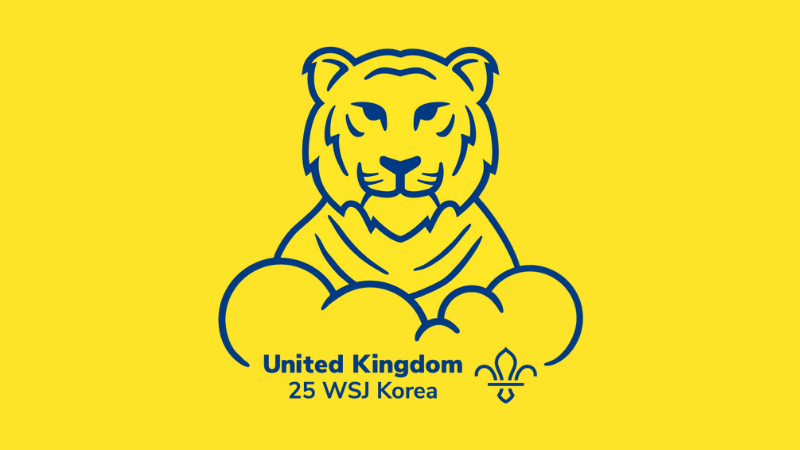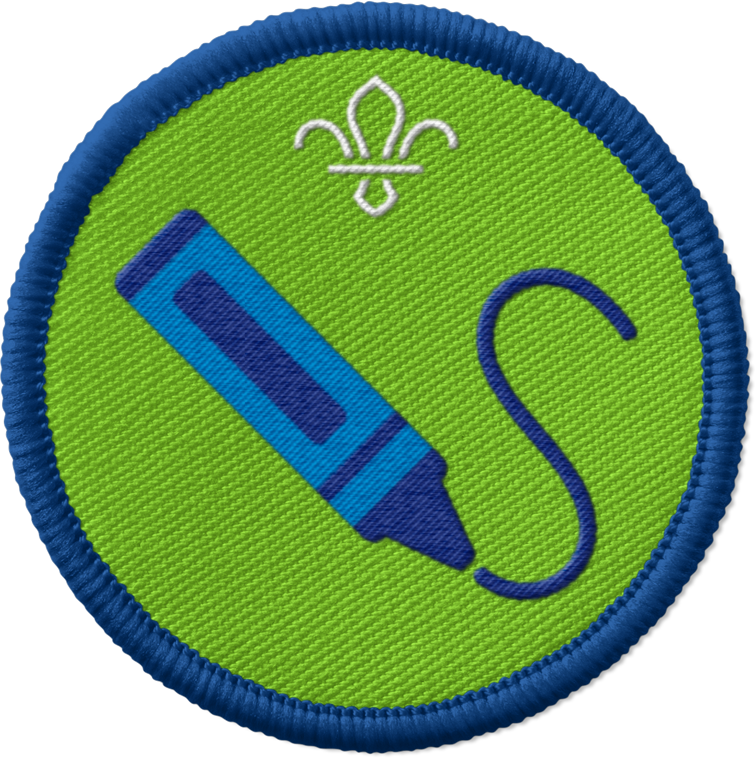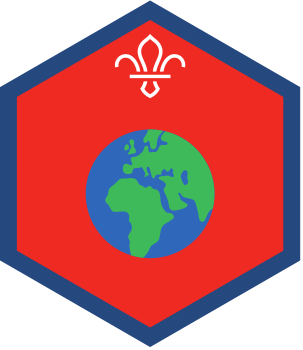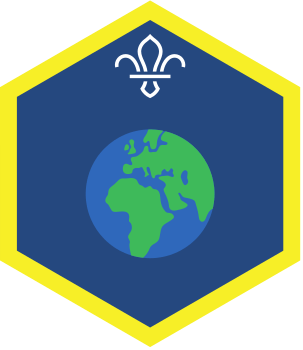
Make Obangsaek art
You’ll need
- Craft materials (for example, tissue paper, pipe cleaners, stickers)
- A4 paper
- Coloured pens or pencils
- Something to protect surfaces (for example, newspaper or tablecloths)
- Scissors
- PVA glue
- Tables (optional)
- Chairs (optional)
Before you begin
- Use the safety checklist to help you plan and risk assess your activity. Additional help to carry out your risk assessment, including examples can be found here. Don’t forget to make sure all young people and adults involved in the activity know how to take part safely.
- Make sure you’ll have enough adult helpers. You may need some parents and carers to help if you’re short on helpers.
시작하기 전에 (Before start)
- If you’re using tables and chairs, put enough out for everyone to have a seat. Next, place the protective materials and a mixture of the craft materials on each table.
디자인을 선택하고 만드십시오. (Choose a design and create it)
- Gather everyone together and ask if anyone know what Obangsaek is. Obangsaek is a type of traditional artwork using the five traditional colours of the Korean spectrum, which are white, black, blue, yellow and red.
- Explain that there are five traditional colours of the Korean spectrum.
Each colour relates to a different direction:
- Blue is east.
- Red is south.
- Yellow is centre.
- White is west.
- Black is north.
The colours also link to the Five Elements of traditional Korean culture.
- Blue is wood.
- Red is fire.
- Yellow is earth.
- White is metal.
- Black is water.
- Ask everyone to think about what the colours and the elements mean to them. Are there any important or special colours?
- Everyone should think of or choose a design they’d like to create on their paper, taking inspiration from each colour and element. For example, they might choose a tree for blue or flames for red.
- Once everyone has decided on their design, they should draw these out on their paper.
- Everyone should then choose what art and craft items they’d like to use. They can lay them out on the paper, and stick them down with the glue. You could also think about using natural materials for the pictures, such as leaves, shells or sticks.
- When everyone is finished, place the pictures somewhere in the meeting place to dry. This could be on another table, on a windowsill, or even outside if it’s sunny and dry.
- At the end, ask everyone to help clean up the craft materials.
- Once everything is tidy, gather the group back together in a circle. Everyone should have the opportunity to share their design with the group if they’re happy and comfortable to.
Reflection
This activity gave everyone the opportunity to try something new and learn about a different type of artwork. Was this type of artwork any different to the artwork that you can create at school or home? The colours in Obangsaek represent different things. Can you remember what they are? The activity is about expressing colours in an exciting and unique way. Did the group find anything particularly challenging about this activity?
Safety
All activities must be safely managed. You must complete a thorough risk assessment and take appropriate steps to reduce risk. Use the safety checklist to help you plan and risk assess your activity. Always get approval for the activity, and have suitable supervision and an InTouch process.
- Scissors
Supervise young people appropriately when they’re using scissors. Store all sharp objects securely, out of the reach of young people.
- Glue and solvents
Always supervise young people appropriately when they’re using glue and solvent products. Make sure there’s plenty of ventilation. Be aware of any medical conditions that could be affected by glue or solvent use and make adjustments as needed.
- Anyone who struggles with creating a design could be given paper with a pre-drawn image that they can glue or stick craft materials onto.
- If anyone needs support in using craft items, allow them to work with someone else who can help them.
All Scout activities should be inclusive and accessible.
When the pictures that have been created, you could create a small gallery for everyone to walk through and look at the artwork. You could invite parents, carers, families and other sections to come and have a look at. The group members could help explain what the pictures represent to anyone who asks.
This activity gives everyone the opportunity to create artwork and share their ideas.





